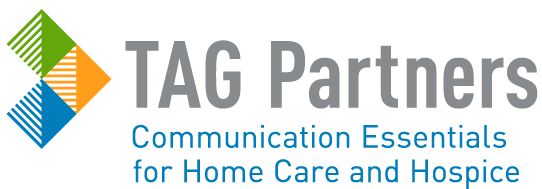October is National Breast Cancer Awareness Month and an opportunity for your agency to show your commitment to women’s health. Promote the importance of early detection, research, and support for breast cancer survivors on all your social media platforms.
Awareness is making a difference. Researchers continue to develop new methods for arresting invasive and noninvasive cancers. In addition to treatments, research has uncovered some natural companion therapies which cancer patients can use to help relieve symptoms, reduce pain, and increase quality of life.
Acupuncture
Recent studies indicate that the traditional Chinese practice of acupuncture may help reduce pain and relieve nausea caused by chemotherapy treatments. Acupuncture stimulates the brain through a process of inserting very thin needles in specific pressure points in the skin.
Massage therapy
Massage therapy is known to relieve stress, anxiety, fatigue, and depression and in some cases may relieve pain.
Tai chi
Tai chi is a Chinese movement-based exercise that focuses on balancing the body’s energies through movement, breathing, and meditation. Research indicates that practicing tai chi may improve mental and emotional health of cancer patents.
Diet
Maintaining a healthy diet is important all the time, but especially for those who are fighting cancer. This can be challenging as chemotherapy commonly disrupts a person’s sense of taste. Dietitians recommend adding seasonings like spices, herbs, peppers, wine, teriyaki or barbecue sauce to make food more flavorful. Dietary supplements can also be beneficial in filling nutritional gaps, but cancer patients should discuss all supplement use with their oncology team to avoid any adverse interactions with their chemotherapy regimen.
Some ways your home care agency can promote Breast Cancer awareness this October:
Encourage your cancer patients to share their stories.
Host a Passionately Pink fundraiser to benefit the SUSAN G. KOMEN Breast Cancer Foundation.
Deliver HOPE kits to Oncology centers in your community.
Speak at local women’s groups on the importance of breast cancer screening.
Wear your Pink!
If you don’t want to tackle hosting an event of your own, find a local event and join in: https://ww5.komen.org/FindAnEvent.aspx
Visit TAGWebstore.com for home health and hospice educational print media.
Resources: Cancer.net, healthline.com, mayoclinic.org, cancer.org


